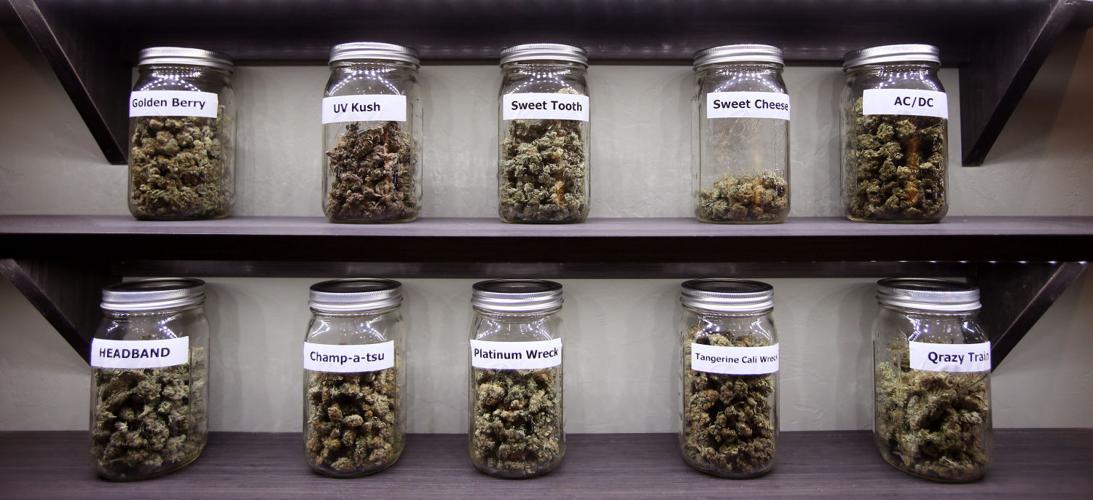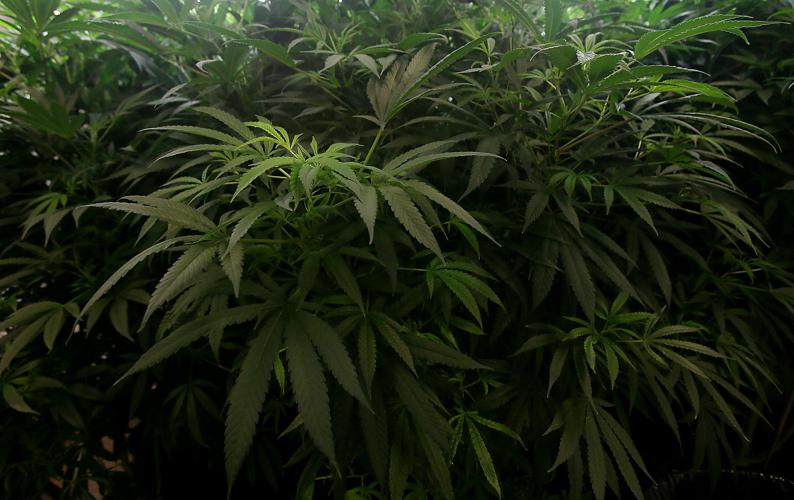PHOENIX — Arizonans smoked, ate, drank or otherwise consumed more than 43 tons of legal medical marijuana in the year just ended.
That’s the equivalent of more than 173,000 eight-ounce bags of Cheetos. Or, looking at it another way, that computes out to more than 121 million joints.
It’s also quite a bit of money.
The Arizona Department of Health Services does not have any figures on how much money dispensaries took in during 2017.
But if marijuana runs $200 an ounce — and the prices vary both up and down from that, depending on the dispensary and the quality of the drug — that’s more than $275 million changing hands at the retail level.
Of course, that’s just the stuff state health officials know about, based on the reports they get from the more than 130 legal dispensaries around Arizona.
Other findings in the new report also show that:
- On average, more marijuana was sold on a daily basis in December than any other month.
- Fridays are the most popular days for sales.
- Male patients outnumber females by 2-to-1.
If you divide the number of legal medical marijuana patients by the amount of the drug sold in Arizona last year, the average user consumed more than nine ounces.
The more than 1.3 million pounds of medical marijuana sold legally in the state is a new record.
By contrast, total sales in 2016 were about 937,000 pounds. And that was a 52 percent increase over 2015 sales which, in turn, were double the 2014 numbers.
A 2010 voter-approved law allows people with certain specified medical conditions and a doctor’s recommendation to obtain up to 2½ ounces of marijuana every two weeks. Those conditions include glaucoma, seizures, nausea, Alzheimer’s disease and post-traumatic stress disorder.
But the report shows that of the 153,000 people who have unique conditions — meaning just one from the list — nearly 140,000 of these fall into the catch-all category of severe or chronic pain.
Health department figures also show that the vast majority of medical pot purchased last year was in whole marijuana form, meaning leaves and flowers that could be smoked or made into tea. Only about 10 percent was in other forms, including edibles like candy bars and drinks, as well as pills and liquids.





